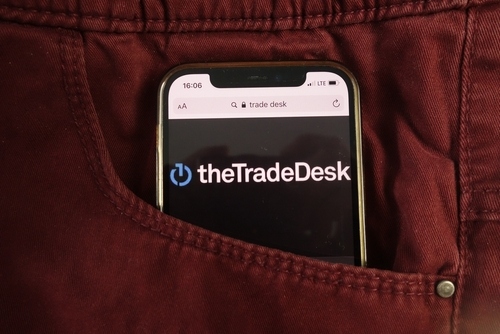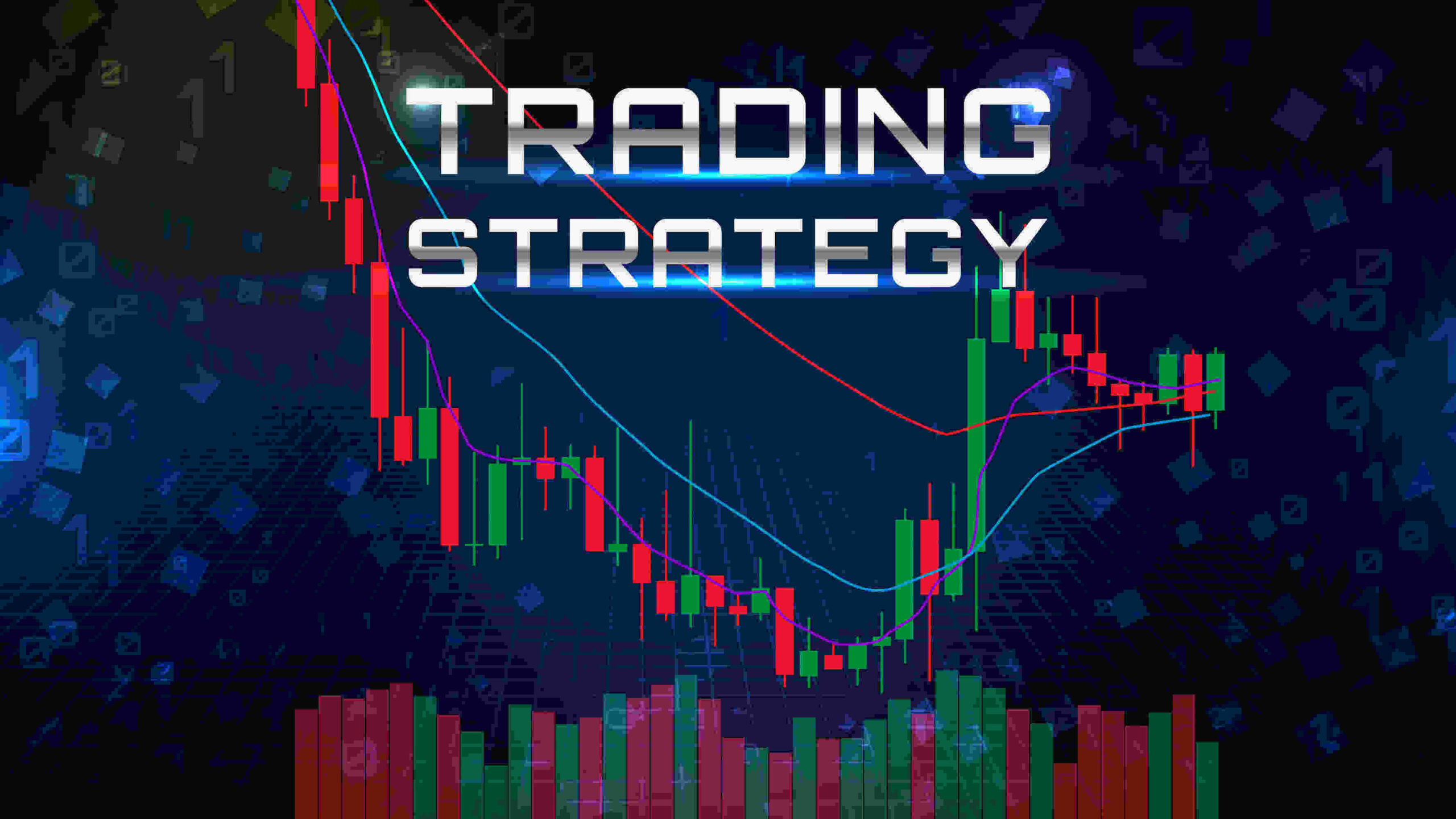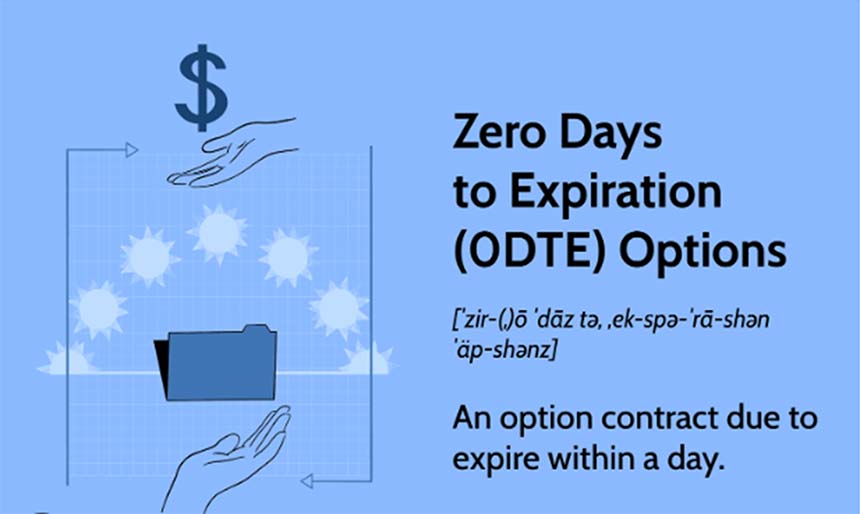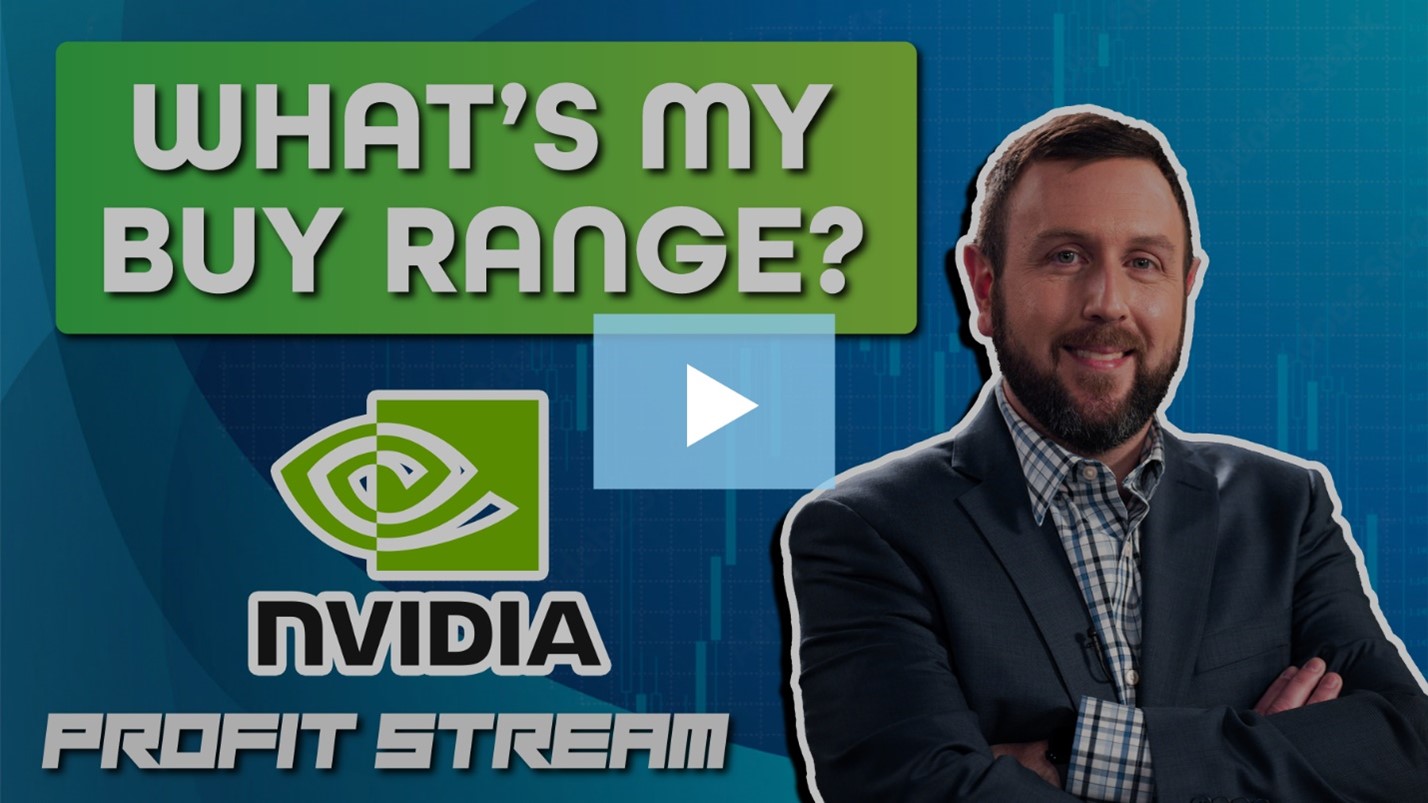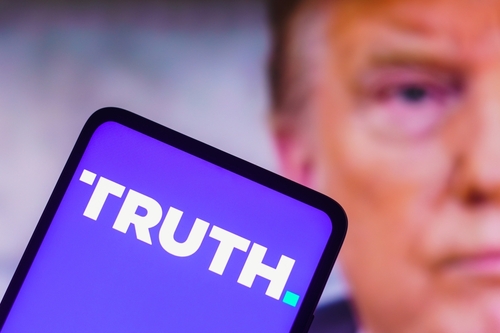LEAP into Spreads for Potential Triple-Digit Winners
This year in The War Room, we have closed out multiple LEAP spread trades for double and triple digit gains.
Some of those wins include a 59.43% gain on Raytheon (RTX) in 143 days and a 105.13% win on Bank of America (BAC) in 287 days. Most recently, we closed out RILY for a 128% gain in 143 days.
If you’re not using LEAP spreads, you really should take the time to explore this strategy.
LEAP Spreads in a Nutshell
Simply put, a conventional spread is the distance between two points. In the options world, it is the distance between two prices.
For example, in the RTX trade I mentioned above, we bought the $80 calls and sold the $95 calls against our position. At the time, RTX was trading in the $80s. But, because it was a LEAP spread, we had oodles of time on our side.
We took the spread route because the options were very expensive. By using a spread, we reduced our cost significantly, reduced our break-even point and increased our chance for success.
But, we also limited our upside as a result. Remember, nothing is free on Wall Street! If you want to reduce your risk, you will reduce your return as well.
In this case, we risked $7 to make $15. The $7 was the difference in price between the $80 calls we bought and the $85 calls we sold. Instead of waiting until expiration, we sold the spread for over $11 to lock in a gain of almost 60% quickly.
Then we rolled those profits into another spread strategy that I use.
This strategy also requires the buying of one option and the selling of another option. But, there is one major difference. The options that I buy and sell have two different expiration dates but the same strike price. This trade is called a calendar spread.
Let me explain.
How Calendar Spreads Work
When you engage a calendar spread for “X” stock, for example, you would buy the $20 strike options expiring in 2026 for $2 and sell the “X” stock $20 strike calls expiring in 2025 for $1.
The goal is the shares of “X” stock, which are currently at $15, will close below $20 at expiration in 2025 thereby lowering your cost to $1 and allowing you to have an encumbered position for the rest of 2025 and into 2026, at a lower cost.
Again, we are lowering our cost… taking dollar risk off the table, while maintaining a bullish profile for the trade.
Spread trading isn’t for everyone… but it should be. It’s a great way to reduce your cost while increasing your upside or generating income.
But, you need to get up to speed on how to trade spreads and you need permission from your broker – something you will get when you can show them you know what spreads are all about!
![]()
YOUR ACTION PLAN
We use these LEAPs and spread trades every day in The War Room, and we also explain how to execute each strategy in real time. In fact, next week my colleague Bryan Bottarelli is going LIVE to reveal his backdoor play for AI stock Nvidia ahead of its earnings. This includes FREE TRADE IDEAS in real-time.
You won’t want to miss this free event. Click here to get on the guest list before it’s too late.
Fun Fact Friday
A Race for the Best AI Chips: Over 50% of companies plan to incorporate AI technologies in 2024, and over 77% of companies are either using or exploring the use of AI right now. That’s 250 million companies worldwide. To put it in perspective, only 20% of companies incorporated AI into their products in 2017. And due to this demand, Nvidia – the chipmaker whose graphic processing units have become essential to training AI – expects to make around $24 billion this quarter after it reports earnings next week.
More from Trade of the Day
The No. 1 Insider Stock for 2024?
Jul 26, 2024
Why I’m Buying This 3-month Trigger Catalyst
Jul 24, 2024
Jul 23, 2024


